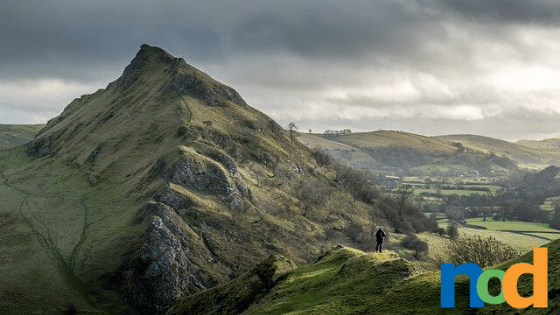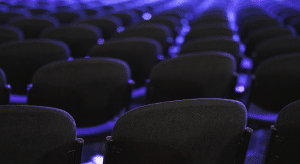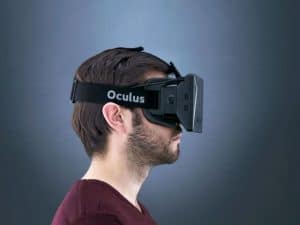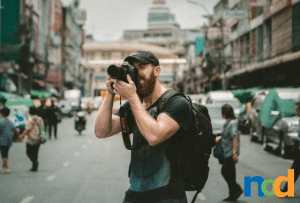A Well-rounded Photographer’s Kit
by Taylor Slattery | March 25, 2020

It’s going to take some trial and error before you land on an ideal kit. An important first step is to ask yourself some key questions before you make any major purchases. First, think about what you like to shoot. You may really appreciate the portrait work of another photographer but find that in practice, shooting portraits just isn’t your cup of tea. Next, think about where you like to shoot. Are you shooting while traveling or in a more controlled environment like a studio?
Take the weight and cost of a lens into consideration. Is this something you’re willing to carry while traveling and can you afford to replace it if something unexpected happens? Will your work be viewed primarily online, or will you be making prints? If you’re making content for the web, your photos will be compressed, so an incredibly high resolution may not be your priority. What are your goals as a photographer and for your practice? Answer these and be honest. If you start falling in love with a piece of kit that doesn’t align with your answers to the above, don’t even entertain the thought of buying it. Which leads me to my next point.

Gear lust. If you haven’t yet fallen into this habit, consider yourself lucky. It usually goes as follows: you’re browsing the web and you come across an incredible photo. You check to see what kind of set-up was used to take it and next thing you know, you’ve spent 4 hours researching this camera and have already picked out your future lenses. The only thing separating you from this new kit is about $5000. It’s easy to get gear lust and think that the only thing separating you from the popular photographers on Instagram is the equipment. But here’s a reality check for you. It’s possible to take very bad photos with very expensive cameras.
Alright, so let’s take a look at this in practice, using myself as an example. I shoot mainly just when I travel but also do occasional portrait and product photography, so I don’t require too large a range of lenses. I’m a fan of prime lenses for the simplicity and I find the restriction of not being able to zoom makes me a more thoughtful and creative photographer. I like moving and really having to work for my shots. As such, the lenses in my kit, a 24mm, and a 50mm, are both prime lenses. Because I take these with me when I travel, I didn’t want anything too large or heavy. Were I shooting primarily in a studio setting, weight would be a non-issue, but carrying a backpack full of gear while you hike up a mountain gets old quickly. I’ve experimented with a range of different lenses but have narrowed my kit down to just the 2 previously mentioned lenses. To be honest, though, the cameras found on most smartphones have reached a point where it’s hard to justify carrying a kit if you’re just snapping shots as mementos.

It’s also important to note that even if you make a mistake when purchasing a lens, you’ll be able to reclaim some of that money by selling it. For most camera systems, you will lose some money, but if you’ve got a lens that’s been sitting unused on your shelf, consider selling it. Lenses hold their value much better than camera bodies, so if you’re considering upgrading part of your kit, your money is best spent on lenses first.

Taylor is the Managing Editor of Notes on Design. Taylor is a graphic designer, illustrator, and Design Lead at Weirdsleep.
Would you like to take your photography to a professional level? Sessions College offers online Photography Degree and Certificate programs. Contact Admissions for more information.
Are you interested in stretching your photography skills? Sessions College offers a wide range of online photography courses as well as digital photography degree and certificate programs. Contact Admissions for more information.
Recent Articles






























